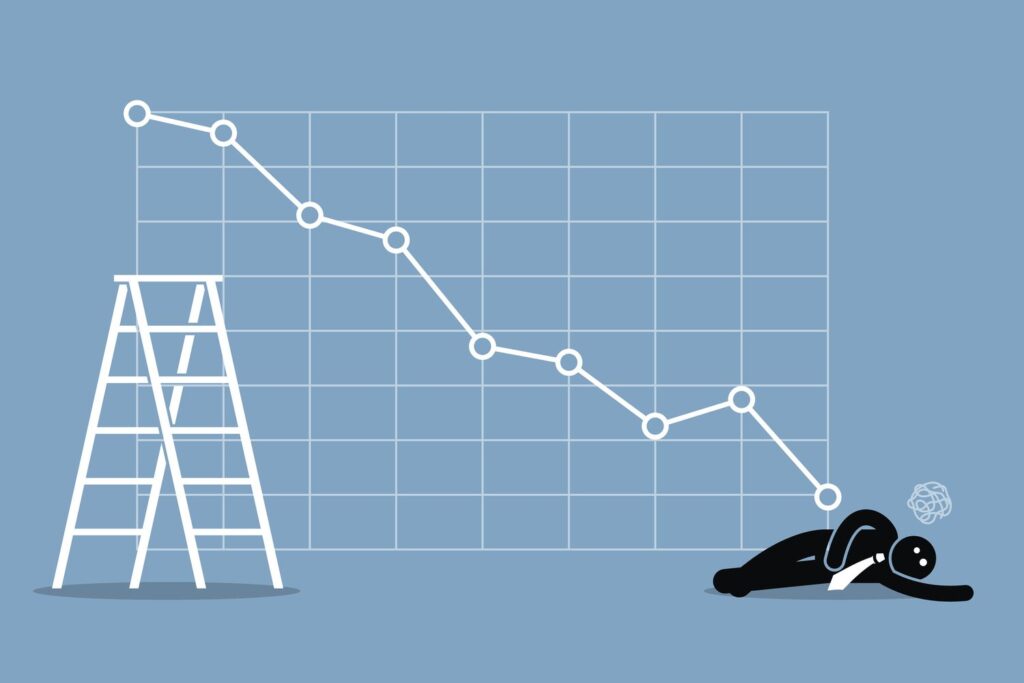INFLATION VS. DEFLATION: A COMPARATIVE ANALYSIS
Inflation and deflation are two contrasting economic phenomena that have significant implications for individuals, businesses, and the overall economy. In this comparative analysis, we will explore the key characteristics, causes, effects, and potential policy responses associated with inflation and deflation.
- Definition and Characteristics:
- Inflation: Inflation refers to the sustained increase in the general price level of goods and services over time. It erodes the purchasing power of money, as the same amount of currency buys fewer goods and services. Inflation is typically measured using various price indices, such as the Consumer Price Index (CPI) or the Producer Price Index (PPI).
- Deflation: Deflation, on the other hand, is characterized by a sustained decrease in the general price level of goods and services. This can occur due to various factors, such as decreased consumer spending, reduced money supply, or economic downturns. Deflation leads to an increase in the purchasing power of money since prices are falling.
- Causes:
- Inflation: Inflation can be caused by several factors, including excessive money supply, increased aggregate demand, rising production costs, or external shocks like changes in commodity prices. When the money supply expands faster than the rate of economic growth, it can result in inflationary pressures.
- Deflation: Deflation often arises during economic contractions or recessions when there is a decrease in aggregate demand. It can be triggered by factors such as reduced consumer spending, decreased investments, or tight monetary policies that limit the money supply. Technological advancements that lead to increased productivity and lower production costs can also contribute to deflation.
- Effects:
- Inflation: Moderate inflation can have some positive effects, such as stimulating consumer spending and encouraging investments. It can reduce the real burden of debt and provide price signals for resource allocation. However, high and unpredictable inflation can have detrimental effects. It erodes purchasing power, distorts economic decision-making, creates uncertainty, and hampers long-term planning.
- Deflation: Deflation can have both positive and negative consequences. On the positive side, falling prices can increase the purchasing power of consumers, stimulate demand, and lead to lower borrowing costs. However, prolonged deflationary periods can be problematic. It can discourage spending as consumers anticipate further price declines, increase the real burden of debt, hamper investment and economic growth, and potentially lead to a deflationary spiral.
- Policy Responses:
- Inflation: Central banks and governments often employ various tools to control inflation. Monetary policy measures include raising interest rates, reducing the money supply, or implementing reserve requirements for banks. Fiscal policy measures involve adjusting government spending and taxation. The aim is to strike a balance between price stability and economic growth, keeping inflation within a target range.
- Deflation: Addressing deflation can be more challenging than tackling inflation. Central banks may lower interest rates, implement quantitative easing (purchasing financial assets to inject money into the economy), or use other unconventional monetary policies to stimulate lending and investment. Governments can also employ expansionary fiscal policies by increasing spending or cutting taxes to boost aggregate demand.
- Comparative Analysis:
- Inflation and deflation have opposite effects on the purchasing power of money. Inflation erodes purchasing power, while deflation increases it.
- Both phenomena can create uncertainty and disrupt economic decision-making, but high inflation is generally considered more damaging than mild deflation.
- Inflation can be controlled through monetary and fiscal policy measures, whereas deflation is more challenging to address and may require unconventional policy responses.
- Moderate inflation is often targeted by policymakers as it can be beneficial for economic growth, while deflation is generally seen as a sign of economic weakness and contraction.
In conclusion, inflation and deflation represent contrasting economic conditions with distinct impacts. While inflation erodes purchasing power and can lead to instability, deflation can increase the real value of money and present challenges for economic policy. Managing these phenomena requires a careful balance of monetary and fiscal measures to maintain stability and foster sustainable economic growth.


